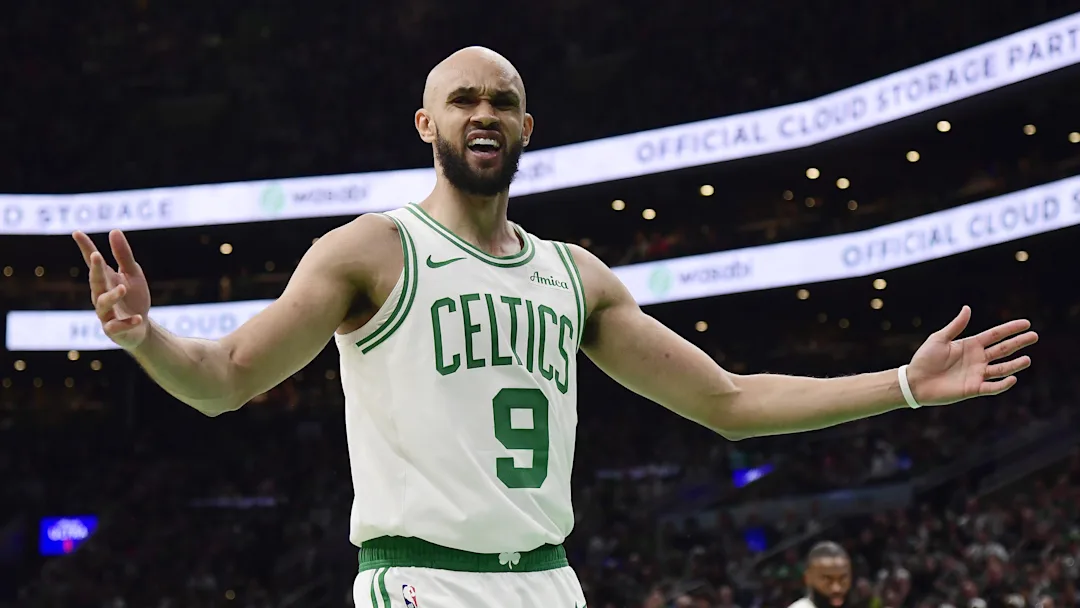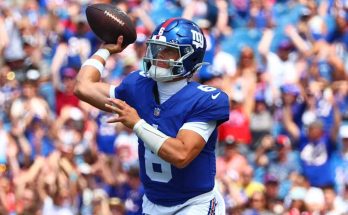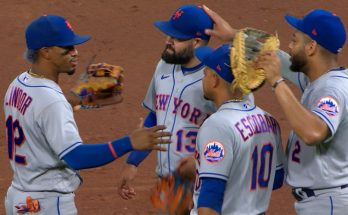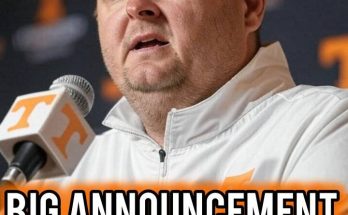In the wake of a championship season, the Boston Celtics find themselves in an unusual position — not one of desperate improvement, but of subtle recalibration. With Jayson Tatum and Jaylen Brown anchoring the core, and Kristaps Porziņģis and Jrue Holiday forming a formidable supporting cast, the team appears poised to contend again in 2025. Yet, when you’re on top, the challenge isn’t just staying there — it’s anticipating your rivals’ moves and ensuring your roster is malleable enough to adapt. In that spirit, imagine a bold, unexpected move: the Celtics trade Derrick White to the Los Angeles Lakers.
At first glance, the idea sounds counterintuitive. White was essential to Boston’s title run. His defensive versatility, calm decision-making, and timely shot-making helped steady the Celtics during crucial postseason moments. He wasn’t just a role player; he was a glue guy who thrived on both ends of the court. So why would Boston part with him?
The answer lies in timing, valuation, and the larger chessboard of team-building. White is approaching the end of his current contract, and while Boston would undoubtedly love to keep him, they already face one of the steepest payrolls in the NBA. With Jaylen Brown’s supermax extension kicking in, and Jayson Tatum’s own massive deal looming, Boston may not be in a position to retain all of its high-level contributors, even if ownership is willing to pay the luxury tax. Prioritizing who to retain becomes a tough but necessary decision.
Trading White now, at the height of his value, could allow the Celtics to recoup assets while addressing other needs. And while it may seem risky to deal with a potential Finals rival like the Lakers, such a trade would make sense under certain parameters — especially if Boston believes the return strengthens their long-term prospects.
From the Lakers’ perspective, acquiring Derrick White is more than just adding a defensive stalwart; it’s a chance to balance their roster and inject much-needed reliability in the backcourt. D’Angelo Russell’s inconsistency in big moments has plagued the team for two straight postseasons. Austin Reaves is skilled, but lacks the elite perimeter defense needed against the West’s guard-heavy lineups. While LeBron James continues to defy time, the window for another title is closing rapidly. White offers exactly what the Lakers need: high-IQ playmaking, elite perimeter defense, and the ability to space the floor — all in a low-maintenance, team-first package.
For a mock trade framework, consider this: the Lakers receive Derrick White, while the Celtics get Austin Reaves, Jalen Hood-Schifino, and a 2029 first-round pick (unprotected). From Boston’s standpoint, the deal nets them a younger combo guard in Reaves who is under a reasonable contract and still has upside. Hood-Schifino is a developmental piece with size and playmaking potential, and the 2029 pick — from a team potentially past the LeBron era — could be a valuable asset in a future rebuild or trade.
This trade scenario raises several key considerations. First, how does Boston replace White’s defensive value? There’s no perfect substitute on the market, but Jrue Holiday remains one of the league’s best defenders, and Reaves, while not elite, is a competent and willing team defender. More importantly, the Celtics would be betting on increased offensive versatility. Reaves is a much better on-ball creator than White and could take secondary playmaking pressure off of Tatum and Brown. In spurts, he could run the second unit or close games alongside the starters as a dynamic third option.
From a cap perspective, Reaves is signed through 2027 at a declining rate (about \$13-14 million per year), which gives Boston flexibility. Hood-Schifino is on a rookie deal and provides a low-risk upside swing. If the Celtics front office believes White will command \$30+ million annually in his next contract, flipping him for two cost-controlled players and a valuable future pick is more palatable — especially when trying to sustain a contender around two supermax players.
The risk, of course, is chemistry. White’s presence on and off the court helped stabilize Boston. Losing that may affect the intangible fabric of the team, even if the raw numbers hold. Additionally, integrating Reaves into a more rigid system like Boston’s won’t be automatic. He has thrived in a LeBron-centric offense, where improvisation and spacing reign supreme. In Joe Mazzulla’s more structured scheme, he’ll need to prove he can make quick reads and thrive in a role that demands sharp off-ball movement and consistent defensive engagement.
On the Lakers’ side, this deal shows an organizational commitment to maximizing the remainder of LeBron’s tenure. White would slot in as the starting two-guard, immediately upgrading the perimeter defense and easing the burden on James and Anthony Davis. His ability to guard opposing point guards allows LeBron to conserve energy on defense. Offensively, White doesn’t need the ball to be effective, making him an ideal complement to two ball-dominant stars. He can hit catch-and-shoot threes, attack closeouts, and facilitate in secondary actions — all traits the Lakers sorely need in playoff settings.
Trading away Reaves would be painful, given how he’s grown into a fan favorite and consistent contributor. But in the cold calculus of contention, White is simply the better, more playoff-ready player today. Hood-Schifino hasn’t yet cracked the rotation meaningfully, and while his upside remains intriguing, the Lakers are in win-now mode. Sacrificing a distant pick also aligns with their timeline, as they’ve already pushed most of their chips in for the present.
There’s also the narrative angle. A Lakers-Celtics trade is rare, and always stirs interest due to the historic rivalry. But in the modern NBA, pragmatism often overrides sentiment. Both teams are managed by executives willing to think boldly — Brad Stevens has made a career of difficult, calculated moves, while Rob Pelinka has shown a willingness to pivot quickly in search of competitive edges.
What makes this deal even more fascinating is how it might set the stage for future moves. For Boston, acquiring another pick and two younger assets gives them flexibility. If Reaves plays well, they could flip him or others in a larger trade. If Tatum and Brown continue to ascend, they may not need a traditional point guard, but rather a collection of versatile wings and shooters. This deal supports that vision.
Meanwhile, the Lakers would finally solidify their guard rotation. A starting lineup of Derrick White, Gabe Vincent, LeBron James, Rui Hachimura, and Anthony Davis could be formidable defensively. Off the bench, they could still rely on Jarred Vanderbilt, Max Christie, and perhaps a veteran big man. White gives them lineup flexibility — he can start or close, play next to any guard, and guard multiple positions. In the postseason, that level of adaptability is invaluable.
Financially, the move puts added strain on the Lakers’ cap sheet, but not excessively. White’s current deal is manageable, and even if they extend him at a higher number, he offers value relative to production. Considering the cost of average starting guards in today’s market, a mid-\$20 million extension would be fair.
The real X-factor might be how the fanbases react. Celtics fans, emotionally tied to White’s gritty style and championship contributions, may initially balk at the trade. But if Reaves thrives and the future pick becomes a valuable asset, the long-term view may be favorable. Lakers fans, craving defense and reliability around LeBron, would likely embrace White immediately — particularly if he helps the team make another deep playoff run.
The trade also underscores a larger trend in the NBA: the premium on two-way guards who don’t dominate the ball but can contribute in every phase of the game. Players like Derrick White are rare — they don’t demand attention, but they win possessions. In the right context, they can swing playoff series. The Celtics may be choosing to sell high, but the Lakers would be betting on White’s prime as a difference-maker.
Ultimately, the hypothetical trade of Derrick White to the Lakers for Austin Reaves, Jalen Hood-Schifino, and a 2029 unprotected pick is a classic example of a high-risk, high-reward swap between contenders. It’s the kind of deal that, if made, would be endlessly debated, scrutinized, and revisited depending on postseason outcomes. It would represent a bet — on youth and flexibility for Boston, and on proven, immediate impact for L.A.
Whether or not such a trade ever materializes, it’s a reminder that even the best teams can’t stand still. Champions don’t just defend their crown by running it back — they evolve. And sometimes, evolution means making the toughest calls of all.



